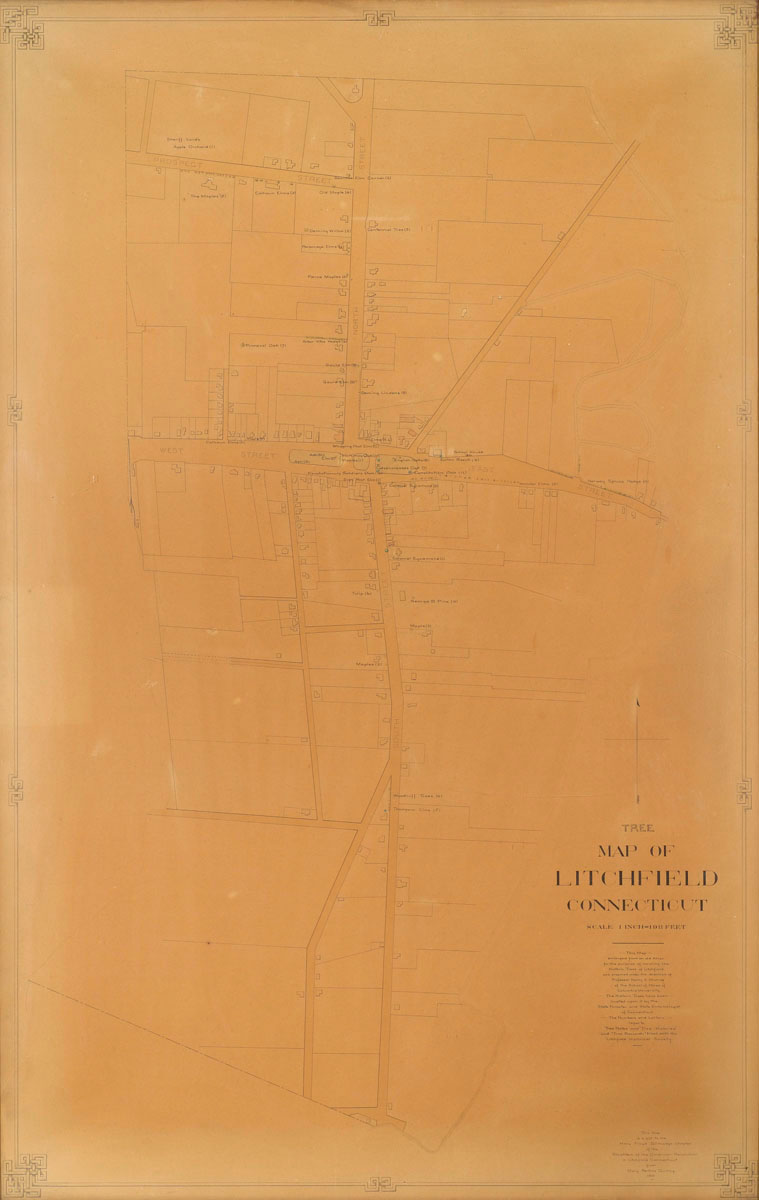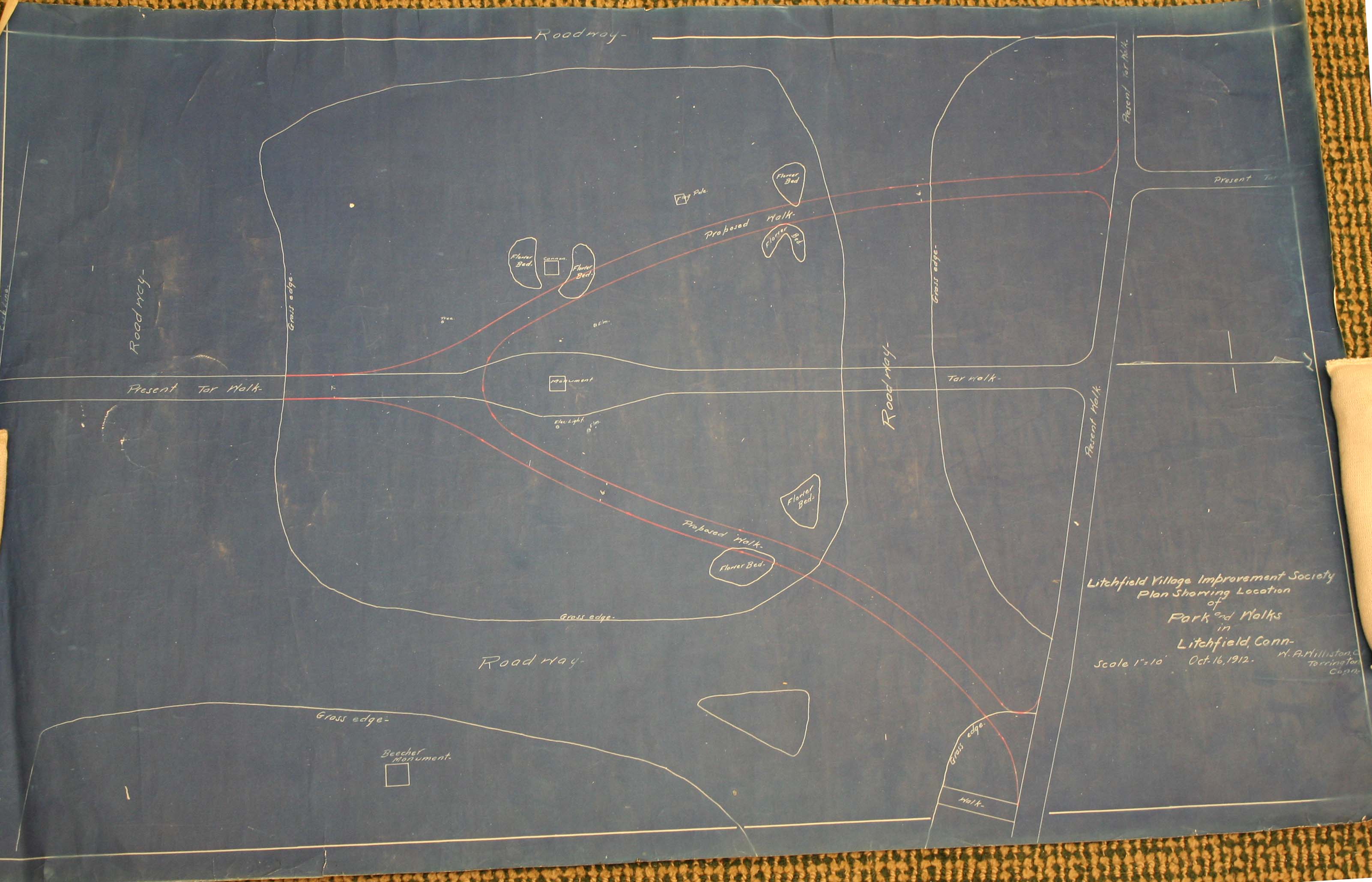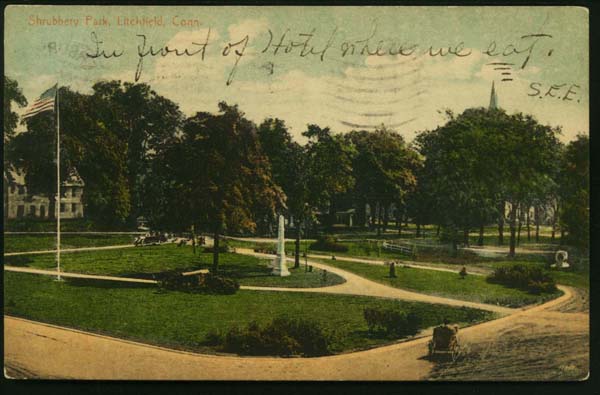-

-
Curator of Collections Julie Leone notes potential hazards.
-

-
Curator of Library & Archives Linda Hocking makes notes about damaged collections.
-

-
Staff pauses for a recovery photo op.
Preservation Week, April 24-30 2011 is a partnership between the Society of American Archivists, the American Library Association, the Library of Congress, the Institute of Museum and Library Services, and many other cultural heritage organizations. It is a national campaign to help raise awareness about collecting and preservation, to connect the general public to preservation information and expertise, and to emphasize the close relationships among personal, family, community, and public collections and their preservation.
The Society’s staff is participating in Preservation Week by getting dirty. Julie Leone, Curator of Collections, and Linda Hocking, Curator of Library & Archives, are attending a two-day disaster planning workshop offered by Conservation ConneCTion and run by the Northeast Document Conservation Center. This workshop is a follow up to one held last summer which helped the curators begin working on a formal disaster plan for the Society.
The first day of this session involved a variety of disaster scenarios to begin thinking about appropriate responses. Tomorrow, they will get wet and dirty to learn the proper things to do when faced with damaged collections and facilities. Upon completion, they will return to Litchfield and put the finishing touches on the Disaster Plan. They will also complete the assembly of disaster kits which include things like caution tape, gloves, masks, and other supplies. The two will also share their new knowledge with other staff, weekend staff, and board members.
Update: Today, day two of the workshop, a simulated disaster provided the curator with an opportunity to see how time consuming even the smallest disaster with minimal damage can be to address. Thinking about potential hazards and making sure the location is safe to be in must come before addressing collections concerns, many of which are time sensitive. At the same time, informing the public of what has happened and how its being addressed is also critical. We are now invigorated to return and put the final touches on our “d-plan” and to share our experience with the rest of the staff. We are grateful to the Institute of Museum and Library Services for providing funding for this series, to Conservation ConneCTion for all the work done to secure the funding and put on the workshops, and to NEDCC for providing great information in an accessible manner. We’ve even started an Amazon wish list which includes things we would like to add to our disaster kits (as well as a few things the education department would like, and some reference works.)





